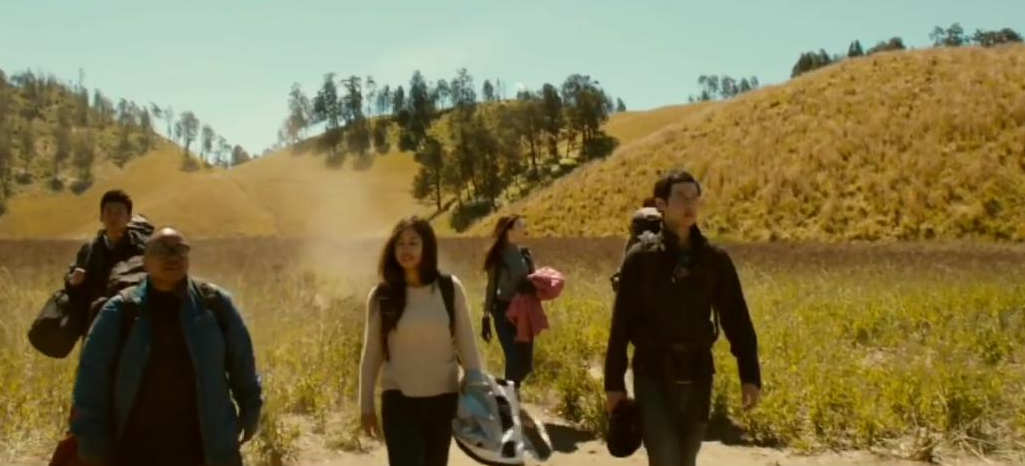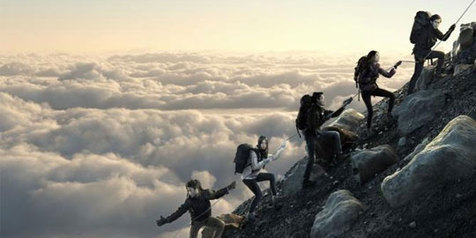


It was automatically re-wound into the cassette on removal.

The film was contained within a cassette, placing the cassette in the camera moved the film into the exposure position by a 'Thrust mechanism' inside the cassette. The different formats were achieved by cropping at the printing stage, each exposure was recorded full-size, the format could therefore be changed at a later date. Each exposure had a size of 30.2 x 16.7 mm, one of three formats (aspect ratios) for the exposure could be chosen by the user: The film also incorporates optical and magnetic recording areas that hold data on the exposure, described as the Information Exchange System, photo-finishers could add information. The film is 24 mm wide with two irregularly spaced perforations per frame. The 7 perforations format gave horizontal images around 24 x 30 mm with each stereo pair separated by one frame.Īdvanced Photo System APS was introduced by Kodak in 1996. The 5 perforation format gave vertical images around 24 x 23 mm with each stereo pair separated by two frames. Stereo cameras using 35 mm film generally used either a 5 or 7 perforation separation.
5 CM FILM FULL MOVIE PLUS
The standard frame size, for still cameras, was 24 x 36 mm (image plus inter-frame gap equalled 8 perforations), 24 x 18 mm became known as half-frame and 24 x 24 mm was also used. The film is 35 mm wide with perforations along each edge at a pitch of 3/16".

5 CM FILM FULL MOVIE REGISTRATION
The film is 35 mm wide and, on early examples, had a single registration hole per frame on one side of the film.ģ5 mm cassettes The cassettes introduced by Agfa in 1932 and Kodak in 1934 for the Retina became the standard pattern for disposable 35 mm cassettes. It had only a paper leader and trailer rather than continuous backing paper.Ĩ28 This is roll-film wound on a narrow metal core for 28 x 40 mm exposures. As the spools were behind the film plane this saved the film from making a tight S curve when winding on and off the spools.Ģ20 Roll-film This was a similar in overall size to 120 but with twice the film length. Roll-holder Film Film for the cartridge roll-holder, produced by Kodak, was wound so that the film was outside the backing paper. The film was wound so that it was inside the backing paper, which suited the layout of most cameras. 102 film was an exception in that it had a ratchet on the flange to advance the film. A narrow metal core was used on some spools, e.g. Most early spools had a thick wooden core and metal flanges, later the whole spool was made of metal and lastly plastic. One end of the the spool had a slot that matched a key in the camera allowing the spool to be turned to advance the film. Common Formatsĭaylight Spools Most daylight spools had a continuous backing paper for the film which was wound on a core with flanges at each end. Later, film manufacturers printed frame numbers for alternative image sizes on the backing paper.
5 CM FILM FULL MOVIE WINDOWS
In 1930 Zeiss introduced cameras using two red windows for 127 roll-film. It employed two red windows where film with standard numbering on the backing paper was advanced so that each number appeared in each window successively. The Ensign Cupid, 1922, was probably the first camera to use the 'double window' arrangement for doubling the number of exposures on a roll. He describes camera backs having two red windows or film with intermediate marks on the backing paper, masks for the focal plane and view-finder are also described. The idea for doubling the number of exposures on a roll of film came from W.H. Position' shows the frame number position as if the film is being wound to the right.įilm numbers were not allocated until 1912. Sizes in the left column are in inches, the width (across the spool) is given first. Three moments in Takaki's life: his relationship with Akari and their forced separation his friendship with Kanae, who is secretly in love with him the demands and disappointments of adulthood, an unhappy life in a cold city.Standard Film and Plate Sizes Roll-Film Kodak Roll-Film Sizes


 0 kommentar(er)
0 kommentar(er)
